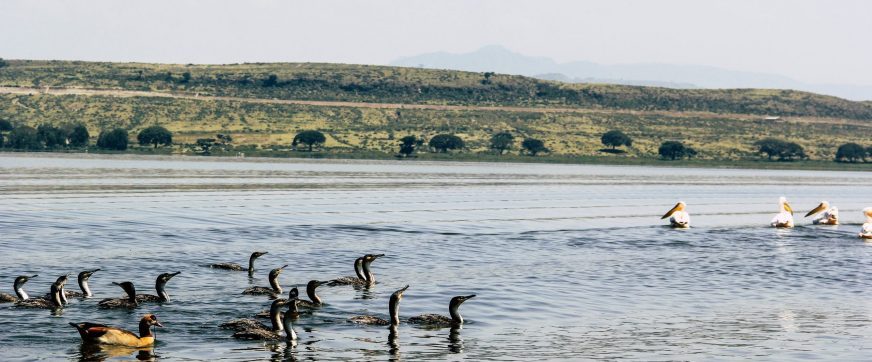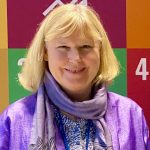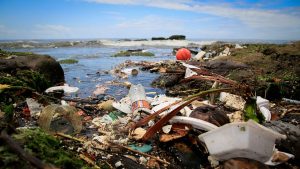- SIWI – Leading expert in water governance
- /
- Latest
- /
- Ethiopia and Viet Nam pilot source-to-sea management
Ethiopia and Viet Nam pilot source-to-sea management
Over the past year, SIWI implemented the project “Foundations for Source-to-Sea Management” that piloted the source-to-sea approach in two locations: Vu Gia Thu Bon River Basin (VG-TB), Viet Nam, and Lake Hawassa sub-basin, Ethiopia.

With financial support from the Federal Ministry of Economic Cooperation and Development (BMZ), the project tested and expanded practical guidance, methods and tools for the first three steps in the S2S approach: Characterize, Engage and Diagnose. The project has been the first of its kind to test the source-to-sea approach in the field.

Over the course of the project, around 200 stakeholders were brought together to learn about the source-to-sea approach and share their knowledge of local challenges that could be addressed through source-to-sea management. In the Lake Hawassa sub-basin, sediment erosion and plastic pollution were of the greatest concern while in the Vu Gia-Thu Bon basin the local interest was in stopping the flow of marine litter from the rivers and coastal areas. Three studies were carried out and shared with stakeholders to complement their own knowledge and build a shared understanding of the issues to be addressed.
The project team also conducted an assessment of source-to-sea stakeholders and prepared an analysis of governance instruments and institutions that highlighted their weaknesses, barriers to implementation, gaps and conflicts. Together these reports provide the foundation for designing priority actions to be taken to resolve the causes of sediment erosion and plastic pollution.
Sharing our learning from doing
The value of these test case pilots of the source-to-sea approach is documented in the following material:
- Foundations for source-to-sea management: Lessons from the field provides practical learnings gained during the project to support implementation of source-to-sea projects in other contexts. This targets practitioners and others who wish to better understand how to effectively implement a source-to-sea project.
- Foundations for source-to-sea management: Case study – Lake Hawassa and Foundations for source-to-sea management: Case study – Vu Gia-Thu Bon showcase the activities undertaken during the project and highlight the benefits of applying the source-to-sea approach to management.
- Two short films documenting project activities and learnings in Lake Hawassa, Ethiopia and Vu Gia – Thu Bon basin, Viet Nam.
New toolkit to support practitioners of source-to-sea management
The project activities followed guidance in Implementing the source-to-sea approach: A guide for practitioners and Source-to-Sea Framework for Marine Litter Prevention: Preventing Plastic Leakage from River Basins. In addition to these publications, there is a new toolkit for use by practitioners interested in implementing the source-to-sea approach. This toolkit includes templates that can be used to support the implementation of steps 1, 2 and 3 of the source-to-sea approach, with particular attention to the source-to-sea nature of the characterization of priority flows, and assessment of stakeholders and governance instruments and institutions. It also includes the completed reports and analysis from the project that can be used as reference material.
Most recent

Strengthening the Board of Stockholm Water Foundation (SWF)
- Stockholm Water Prize
- Stockholm Junior Water Prize
- Youth and water
- World Water Week

Water is our future – but Sweden still lacks a comprehensive strategy
- Water and the 2030 Agenda
- Groundwater
- Agriculture and water
- Cities
- Disaster risks and water

Urban water resilience; practical examples of locally-led adaptation





